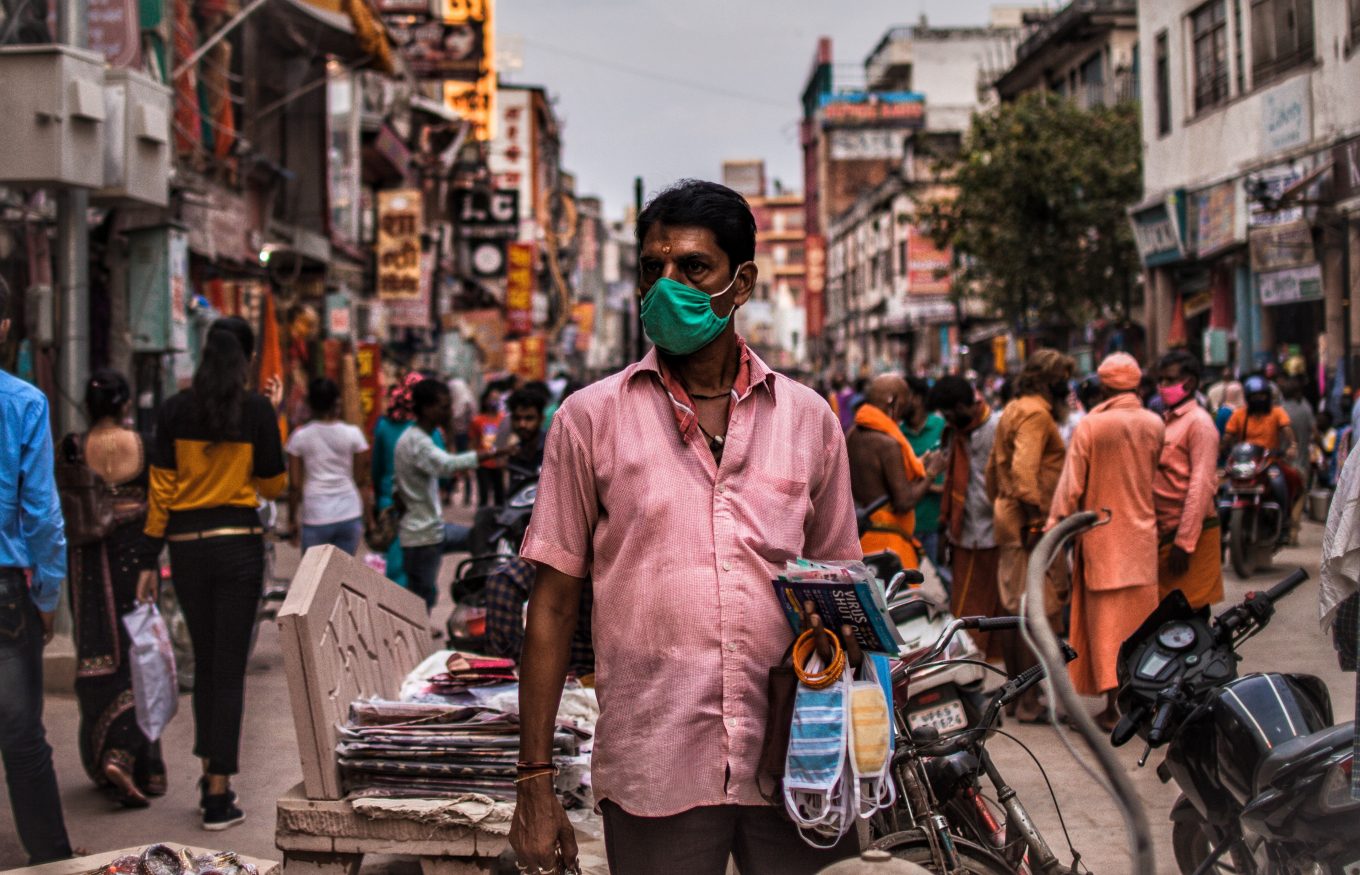Tony Reddy AoU reflects on the challenges of 2020 and the changes cities must make in their approach to planning post-pandemic
The enforced changes brought about by the Covid-19 pandemic are leading to a rethink about the way we plan and manage our cities and towns. In this issue of Here & Now, a number of the contributors examine the subjects of climate change and healthy placemaking in the light of the experience of the pandemic and the changes it has already brought about.
The pandemic has had an immediate and catastrophic impact on our cities and towns. Wherever the virus has taken hold, particularly in larger cities such as London, Paris, Madrid – the effect on the centres where people live in close quarters, commute on cramped public transportation and socialise in crowds has been devastating. One of the haunting images of the past nine months has been the eerie image of central areas of abandoned cities and towns with empty streets, boarded up shops and vacant office buildings.
There are other anticipated challenges. Many shops and restaurants will not survive beyond the lockdown period. UNESCO, the United Nations cultural agency has predicted that many museums will struggle to open when the pandemic restrictions are lifted.
While the future continues to be uncertain there are hopeful signs that cities and towns are responding to the challenges of the pandemic in a positive way. The Academy’s weekly Urbanism Lunch Hours and the recent joint conference with the Urban Design Group have provided us with glimpses of the changes which cities can make to improve the environment in the lockdown phases. Across the globe from Auckland to Aarhus, Canberra to Cork and Melbourne to Manchester, cities are taking the opportunity provided by the pandemic lockdown to introduce physical changes in our city and town centres including new and improved cycle lanes and routes, pedestrianisation and street seating etc. These initiatives have brought back life to affected areas and demonstrated the benefits of planning improvements which, until the pandemic, were merely the aspirations of urban designers and policymakers.
It is appropriate that this edition of Here & Now addresses these topics at this time of uncertainty. In his article sharing insights from his recent publication Healthy Placemaking: Wellbeing through Urban Design, Fred London AoU has outlined the key principles to be adopted and the benefits to be realised as a result of healthy placemaking. Heather Claridge AoU also provides a series of principles as a useful reference to shift our reliance on carbon-intensive developments to a ‘whole place’ approach. Pauline Niesseron points to the important role which public space and city centres have in building a healthy city and making connections between people. These and the other articles in this issue provide us with an insight into the central role which climate change and healthy placemaking will have in the future particularly in the light of the experience of the Covid-19 pandemic.
The pandemic has forced us to question how we live our lives and to demand that we look at new models of living and working beyond established patterns. We are discovering that we must consider the wellbeing of others as well as our own. The strongest source of this trend has emerged, not from the policies or announcements of governments, but from the ground. A young socially and environmentally astute class are leading the charge to demand change, both from governments and individuals in respect of responses to climate change and creating healthy and equitable cities.
The changes forced on us by the pandemic and the resultant improved environmental statistics have demonstrated that effective policies can be introduced and will result in significant improvements in the response to climate change. It is to be hoped that this recognition will lead to a longer-term commitment to adhering to new environmental policies.
Studies on health, happiness and wellbeing by Happy City author Charles Montgomery provide evidence that a happy city is a more productive, safer and equitable city. Through our activities, particularly our Congresses and the Urbanism Awards, we have identified exemplars from across Europe of appropriate sustainable urbanism made up of connected neighbourhoods based on healthy placemaking. The lesson is clear: good urbanism can inspire the change we need to help cities operate in a way that is more sustainable in environmental, socio-economic, health and cultural terms.
In the light of the Covid-19 pandemic, the picture which we are beginning to see is that cities may need to change approaches to their long-term planning. Each city has a different set of circumstances, both physical in terms of its geography and social in terms of its population. Appropriate models need to be applied in each case to achieve better quality environments for their citizens.
We need to recognise that sustainable development is an incredibly complex process and, as we have seen in the case of Freiburg, Hammarby and Aarhus, the appropriate policies and governance take significant time to implement. These exemplars offer incredible potential for all cities and towns to strive to achieve greater sustainability and healthy environments.
The role of the Academy will be to continue to promote the principles we have learned from exemplary cities and consider what will make places successful in a post-Covid world. We need to identify the conditions upon which people can thrive in a healthy, productive and equitable way.
Our network of Academicians and specialists whose experience we can draw upon together is immense. I am confident that our activities into the most effective responses to the Covid-19 pandemic will give us the confidence to continue to influence initiatives in the areas of sustainability, climate change and healthy placemaking in the future.
Tony Reddy AoU is chair of The Academy of Urbanism
Featured image: Varanasi © Shubhangee Vyas






